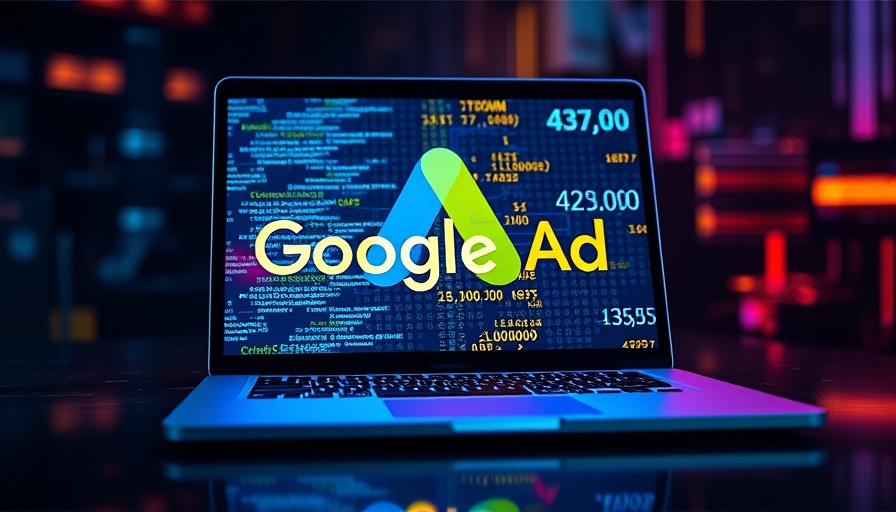
Unlocking Potential: Google Ads Boosts Negative Keywords to 10,000
In a significant move favoring digital advertisers, Google Ads has massively increased the allowed number of negative keywords in Performance Max (PMax) campaigns from a previously restrictive 100 to an astonishing 10,000. This change, as announced by the Google Ads liaison Ginny Marvin, underscores Google’s commitment to addressing advertisers’ feedback and enhancing campaign strategies.
Why Negative Keywords Matter
Negative keywords play a crucial role in digital marketing by filtering out unqualified traffic that can drain advertising budgets. By excluding specific words or phrases from being associated with advertisements, businesses can ensure they only reach users likely to convert. For instance, a retailer selling premium handmade jewelry may want to exclude terms like "cheap" or "DIY" to avoid clicks from bargain hunters or hobbyists seeking to create their own jewelry. The new cap facilitates a deeper, more nuanced approach to audience filtering, empowering advertisers to refine their targeting strategies more effectively.
Maintaining Quality Over Quantity
Although the increased cap allows for a broader array of negative keywords, experts caution against over-utilization. As Ginny Marvin noted, it's crucial to use negative keywords judiciously to avoid restricting the performance systems' capacity to generate valuable conversions. Savvy advertisers will need to balance expanding their negative lists while keeping an eye on overall campaign goals. The approach to negative keywords must be informed by a mixture of data analysis and seasoned marketing insight.
Practical Tips for Effective Use of Negative Keywords
With the resources available now at their fingertips, advertisers can adopt several best practices:
- Regular Review: It’s essential to update your negative keyword lists consistently. Make use of search term reports to continuously identify irrelevant queries that waste your ad spend.
- Broad Match Type: Using broad match for negative keywords can streamline filtering while ensuring no equivalent search terms slip through the cracks.
- Preemptive Identification: Approach keyword selection strategically. Questions to consider include: Does this keyword have a low click-through rate? Is the conversion rate insufficient? Is the cost per conversion excessively high?
Balancing PPC Strategies with Emotional Targeting
The emotional aspect of marketing shouldn’t be overlooked in the quest for more efficient PPC strategies. Small business owners must remember that behind each click is a potential customer with real needs and wants. Engaging communication paired with keen targeting can transform a simple transaction into a meaningful interaction. As advertisers leverage AI capabilities alongside the expanded negative keyword options, there’s an opportunity to resonate emotionally with customers, offering them products that genuinely fulfill their desires rather than just showing up at the top of their search results.
The Future of Google Ads: A Glimpse Ahead
This monumental change prompts speculation about future enhancements in Google Ads. As they increase their capabilities in helping advertisers carve out space amidst the crowded digital landscape, we may see further integrations of AI to automate the identification and management of negative keywords. The intersection of technology and marketing will likely unveil new tools that assist marketers in building more efficient and emotionally resonant campaigns.
For small business owners and marketers looking to capitalize on this new threshold of capability, there has never been a more crucial time to reassess digital strategies. The power of insights gained through analytics combined with emotional intelligence in marketing can prove transformative.
Take Action on Your Marketing Strategy Today!
As Google Ads continues to evolve and expand, so too should your digital marketing strategies. Dive deeper into managing your negative keywords now, and pave the way for more fruitful PMax campaigns. Embrace this opportunity and revisit how you engage with your audience—make your ads resonate at a level that drives true customer loyalty!
 Add Row
Add Row  Add
Add 




Write A Comment